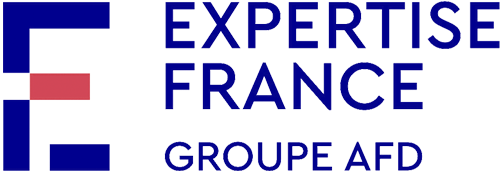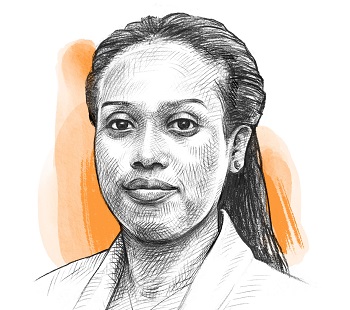Project to Support the Restoration of the National Palace of Addis Ababa
Objective
-
€4.3mBUDGET
-
12/08/2020PROJECT START
-
32 monthsDURATION
A cultural and heritage project of major social and economic importance for Ethiopia
The National Palace, which is also known as Jubilee Palace, is located in the city centre of Addis Ababa. It was built in 1955 to mark Emperor Haile Selassie’s Silver Jubilee and further works doubled its surface area between 1966 and 1967.
This former imperial residence, flagship of Ethiopia’s built heritage, has never been open to the public. The project responds to the desire of Ethiopia’s Prime Minister, Abiy Ahmed, to turn this place into a museum with a garden open to Ethiopians. The ultimate objective of the restoration of the palace is to strengthen the cultural offer of Addis Ababa and contribute to the economic vitality, job creation and attractiveness to tourists of the capital city.
Following the meetings between the French President and Ethiopian Prime Minister, in 2018 and 2019, France committed to assist Ethiopia with the reform of its cultural and heritage policy. With EUR 20m of financing from Agence Française de Développement (AFD), the Team France is assisting the Ethiopian Palace Administration (FDREPA) with the restoration of the National Palace of Addis Ababa with a view to opening it to the public.
2019-2020: feasibility study for the architectural and cultural programme
In the summer of 2019, Expertise France was mandated by AFD to produce a feasibility study to carry out all the preliminary technical studies and diagnostics for the development of an architectural and cultural programme for the restoration of the palace and its opening to the public.
This study was submitted to AFD and the Ethiopian authorities in March 2020 and has confirmed the structure and scope of the future operational project:
• Restoration of the 14,000 m² of the palace with a view to opening it to the public. The objective is to offer a visit trail through the imperial residence, while maintaining State ceremonial activities through dedicated access
• Restoration of the eastern part of the gardens (located between the ambassadors door and the palace) and part of the central area of the park, called the “Exotic Garden”, including the west terraces of the palace, the monumental stairways and, below, the Japanese garden, the lion’s den and the monkey enclosure.
In this context, a EUR 4.3m mission of assistance to the contracting authority and technical assistance mission has been entrusted to Expertise France to support the implementation and coordination of the entire project.
2020-2023: implementation of the technical assistance programme
The technical assistance programme implemented by Expertise France with the Ethiopian Palace Administration is based on three main components.
Component 1: General coordination and supervision of the project implementation
Expertise France is supported by a project team in the field. It is based in Addis Ababa and composed of an operational coordinator and an administrative and financial assistant, who are responsible for the overall project coordination and the management of the various operational components (public procurement, communication, safety, monitoring-evaluation…).
At the headquarters of Expertise France, the Culture and Heritage Unit is conducting a day-to-day operational supervision, in partnership with the French Ministry of Culture which provides scientific guidance and public expertise.
Component 2: assistance to the contracting authority
A Chief Architect of Historical Monuments (CAHM) has been appointed by the Ministry of Culture and acts as the technical coordinator of the architectural and building restoration activities. His technical assistance is essential to the management of the mission of the contracting authority, during both the design phase and site supervision phase.
Component 3: improve the governance and management of the site
The expertise of the Château de Versailles has been mobilised with support from the Ministry of Culture to help define the model of the “National Palace” institution as a place open to the public and develop the museographical, cultural and scientific programming. An extensive training and capacity building programme will be implemented for the palace staff to ensure the site management team is operational when it opens. Furthermore, additional specialised expertise will work on producing historical and sociological studies with the aim of enriching the museographical programme.
The restoration works started in 2022 for a 12-month period and the technical assistance programme is implemented at the same time between 2020 and 2022. This assistance will continue until the end of works and for a year after the opening, to assist the palace administration during the initial opening period.


